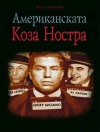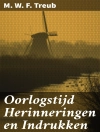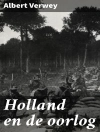Cool. The concept has distinctly American qualities and it permeates almost every aspect of contemporary American culture. From Kool cigarettes and the Peanuts cartoon’s Joe Cool to West Side Story (Keep cool, boy.) and urban slang (Be cool. Chill out.), the idea of cool, in its many manifestations, has seized a central place in our vocabulary. Where did this preoccupation with cool come from? How was Victorian culture, seemingly so ensconced, replaced with the current emotional status quo? From whence came American Cool?
These are the questions Peter Stearns seeks to answer in this timely and engaging volume. American Cool focuses extensively on the transition decades, from the erosion of Victorianism in the 1920s to the solidification of a cool culture in the 1960s. Beyond describing the characteristics of the new directions and how they altered or amended earlier standards, the book seeks to explain why the change occurred. It then assesses some of the outcomes and longer-range consequences of this transformation.
A propos de l’auteur
Peter N. Stearns is Provost and University Professor at George Mason University. Since 1967, he has served as editor-in-chief of The Journal of Social History. His numerous books include World History in Documents; American Behavioral History; and Anxious Parents.












